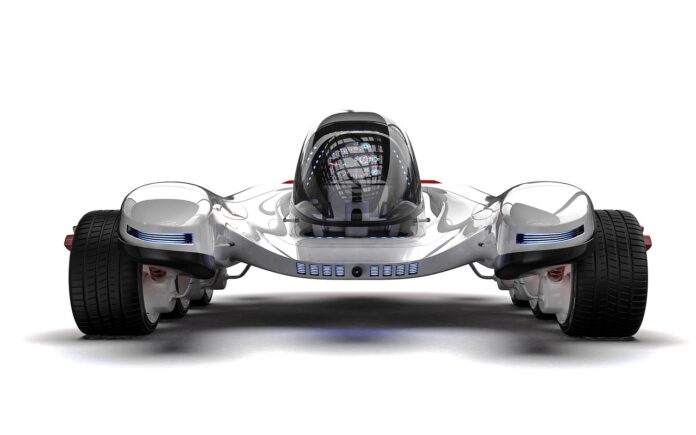For years, filmmakers and science fiction writers have imagined a future where cars can do the unthinkable. Flying cars are one of the most popular of these dreams, often seen in future-themed movies. While the 2015 movie Back to the Future II featured flying cars, the reality is that flying cars are still a distant technology for everyday life. However, given how fast technology advances every year, it’s not impossible to imagine some of the advances in science fiction becoming a reality. Cars that can monitor a driver’s health or cars that don’t require a driver are just two of the technologies automakers are working on today. In this week’s article, I take a look at futuristic in-car technologies.
Would you like a window to the world from your car?
This technology, which can most accurately be described as “a window to the world,” equips the interiors of vehicles with multimedia windows. In the videos released for this concept, we usually see people drawing shapes on the glass with their fingers. Even in promotional videos, distant objects are zoomed in. While these are all exciting features of the concept, the real contribution of this technology will be in terms of comfort and safety. Accordingly, the technology could be paired with turn-by-turn navigation, showing drivers in the car windows where to turn, for example, according to the flow of the road. This sounds much better than taking your eyes off the road every now and then to look at a phone or GPS screen.
Airbags to prevent accidents? No way
Airbags are an important detail for drivers that makes them feel safe in accidents. Traditionally, they were always inside the car, usually inside the steering wheel and dashboard. But now, car manufacturers are considering installing airbags under the car as well. The idea behind this is that airbags can stop an accident instead of reacting after a collision. So if sensors predict that an accident is about to happen, the airbags would deploy, which would help slow the car down to a complete stop. If car manufacturers adopt this technology, it could be a game-changer in the industry. Mercedes has been working on it for some time, but it has yet to appear in any of its cars.
Augmented reality technology gauges could improve safety
Working like a heads-up display, this dashboard with AR technology can tell the driver how far away they are from the next car or other objects around the vehicle. It looks like the failed Google Glass device that can provide data against a transparent background. While similar technologies have already appeared in movies for years, they may soon start appearing in real cars.
Are you ready for concepts that recognize who their passenger is?
Concept cars never cease to amaze car enthusiasts and amateurs alike. While they often have a lot of promises, they usually don’t deliver. In the case of the Mini Vision concept car, we see the opposite. As shown in the concept car video, it has a welcome system that recognizes a person as they step into the vehicle. The plan seems to be to use this feature as part of a ride-sharing service. It’s amazing that a car can recognize who its passenger is, even if it drives hundreds of different people a day. We can say that the driving experience will become more personalized in the coming years.
It may be possible to start a car with a fingerprint.
We live in a time when using a key to open a car door seems almost primitive. Remember the keypad numbers that used to be on car doors? Today there are key fobs and keyless methods that allow drivers to get into their cars. Today, when we think about smartphones and other touchscreen devices, there is a new technology that is not that hard to imagine. Entering a car using your fingerprint is not so far-fetched. When cars have a way of reading fingerprints, sci-fi ideas will no longer be just fiction.

